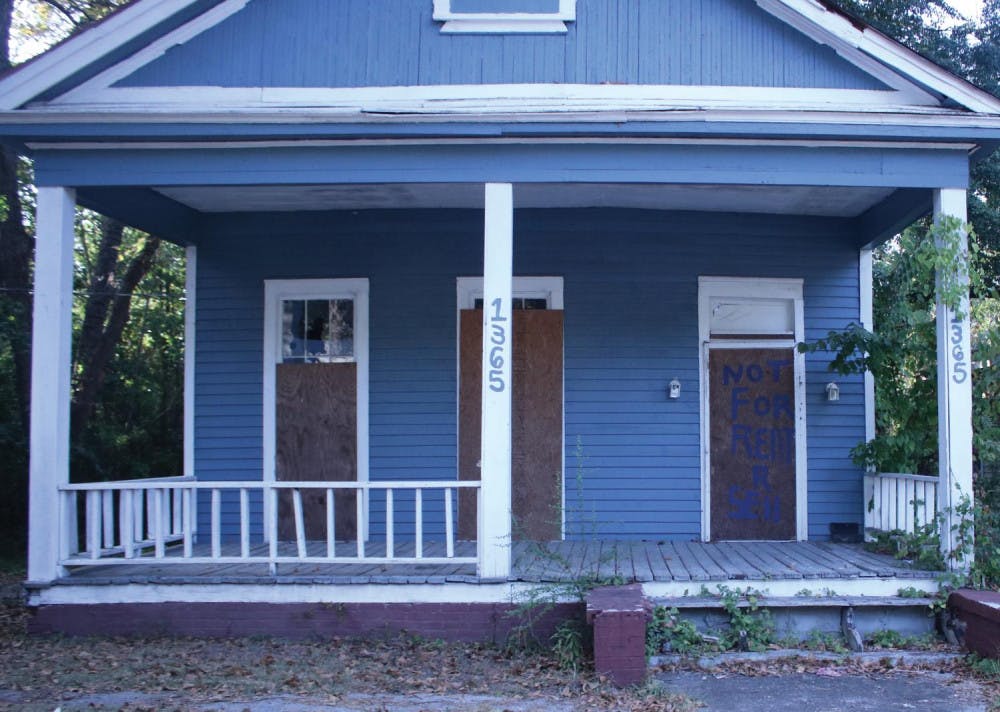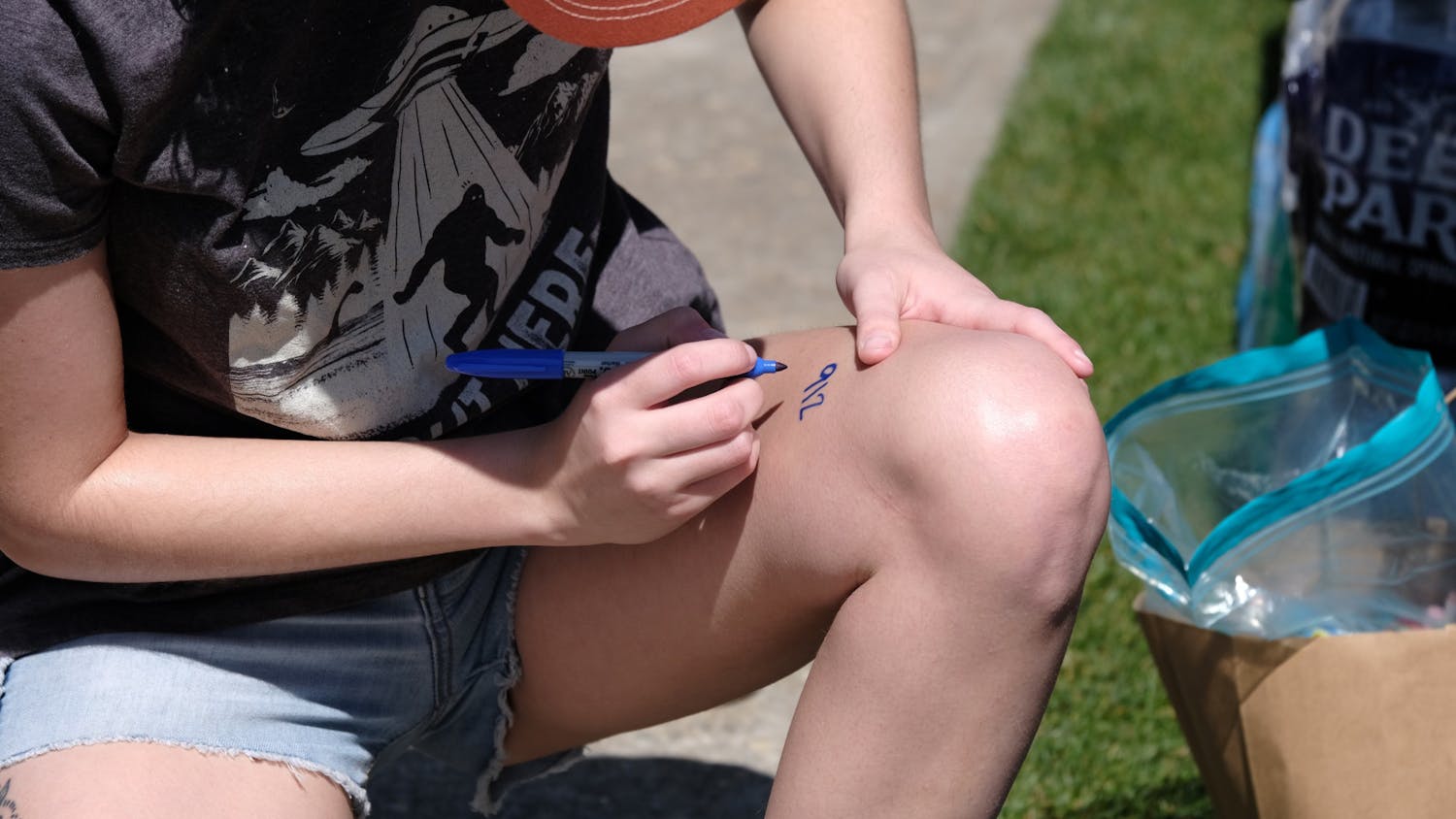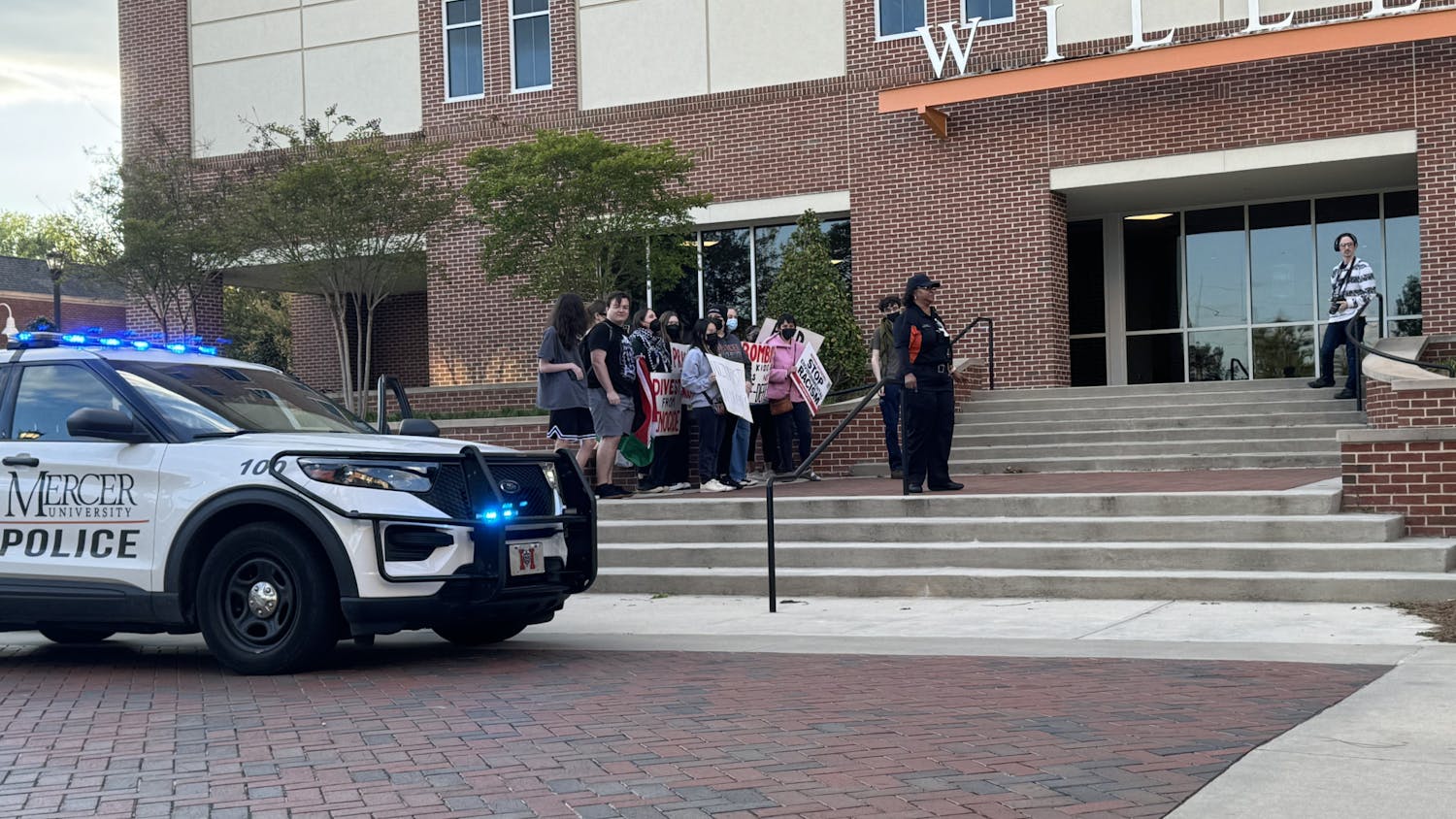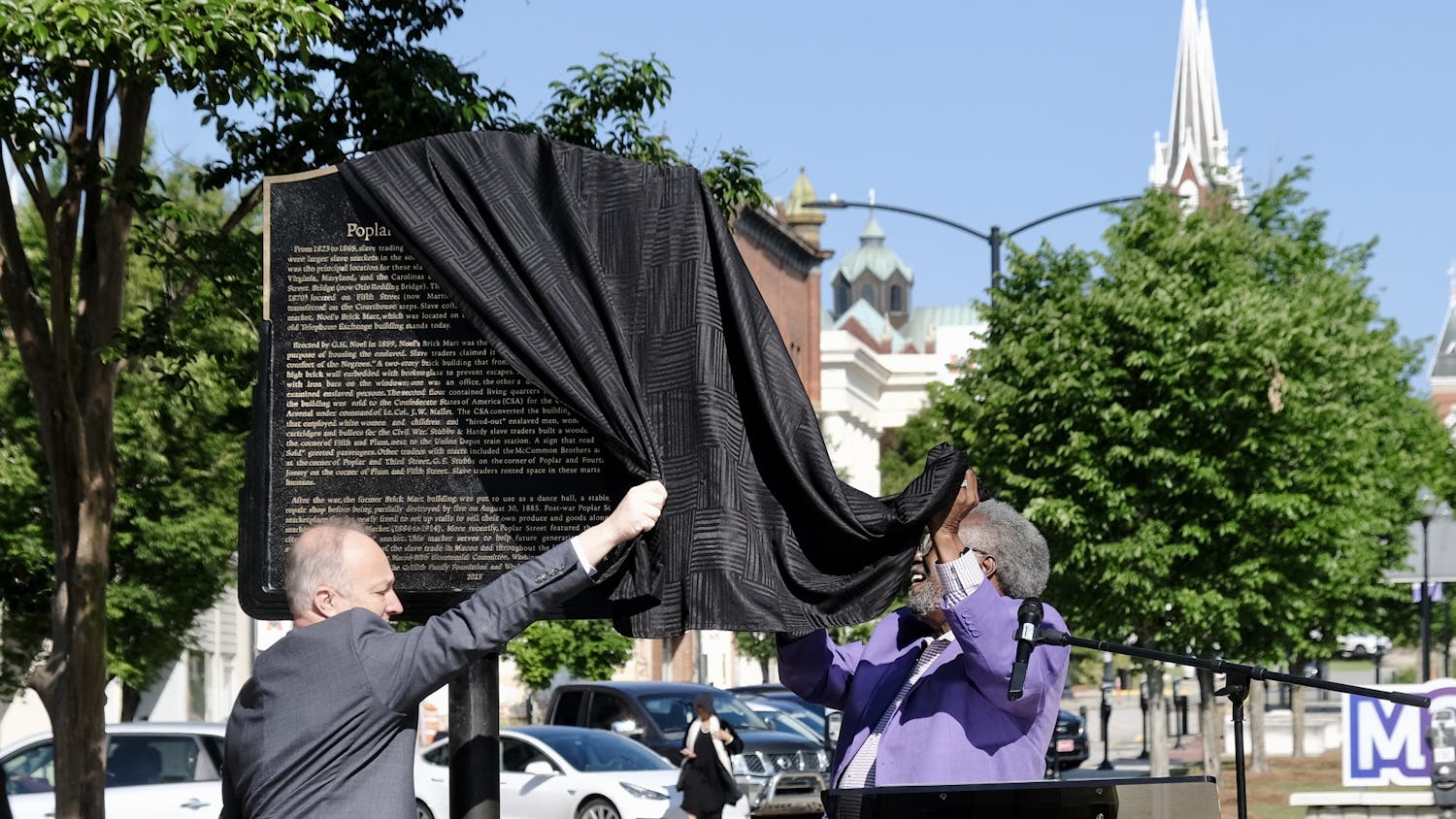Wise Avenue Park opened Sept. 18 as the latest development in Macon-Bibb’s Blight Remediation Program. According to Macon-Bibb County Communication Specialist Rachel Gambill, the county purchased the abandoned, blighted properties around Hudson Street and Betty Tolbert Way, knocked them down and replaced them with the park using $2 million in bond funds.
Blight refers to the abandonment and often degradation of properties that can cause further abandonment and economic loss for the community, according to a publication by the U.S. Department of Housing and Urban Development. The project aims to eliminate this blight in Macon-Bibb County.
“After visiting cities successfully attacking blight and spurring revitalization, they learned a better effort was to tear down groups of blighted homes in the same neighborhood,” Gambill said.
The ribbon-cutting ceremony was held Sept. 18, according to Gambill.
This park is part of the Walnut Creek Village Master Redevelopment Plan, according to the Macon-Bibb County Big Picture Comprehensive Plan Update 2040. This plan includes “new sidewalks, monumental signage and street trees” around Gray Highway and other streets within the area. In these other streets, parking lanes will be revitalized as well. The county will also rezone the corner of Emery Highway and Second Street for mixed use, with housing and retail.
Other steps have already gone underway in order to reduce blight.
In February, county commissioners for Macon-Bibb approved a tax on residential properties experiencing blight, according to previous reporting from The Cluster.
Gambill said that the Macon-Bibb County Community Redevelopment Tax Incentive Program started Aug. 30 when the Code Enforcement Division of the Business Development Services Department sent approximately 275 letters to the owners of properties deemed blighted.
The tax commissioner, Wade McCord, helped auction off many blighted properties at the Macon State Farmers’ Marketon Sept. 3, Gambill also reported.
The Macon-Bibb County Land Bank Authority is in charge of many of the properties within the blight reduction program, and currently lists available properties on its website, which last updates its list in July.
The land bank describes these properties as “vacant residential lot(s).” Prices currently are listed as either $400 or $1,000.
Blight has been an issue in Macon for many years. According to a 2014 article by Emily Farlow from The Cluster, the Center for Collaborative Journalism (CCJ) held an “UnBlight” conference to discuss ways to fix blight. That year, students working with the CCJ catalogued structures facing blight.
“New businesses are hesitant to enter areas with blight, leaving less money and fewer jobs for the city,” Farlow said.
Macon-Bibb’s Blight Remediation Program will continue to make efforts to improve the local economy through targeted projects.
According to Gambill, other projects include the expansion of property around the Bert Bivins Fire Station & Sheriff’s Office Precinct on Napier Avenue, the expansion of Filmore Thomas Park and Henry Burns Park, a pedestrian bridge along Log Cabin Drive and infrastructure improvements in the Beall’s Hill Neighborhood.
New park opens as latest part of Macon-Bibb’s Blight Remediation Program

This house near Mercer Village on Duncan Ave is marked as blighted.




